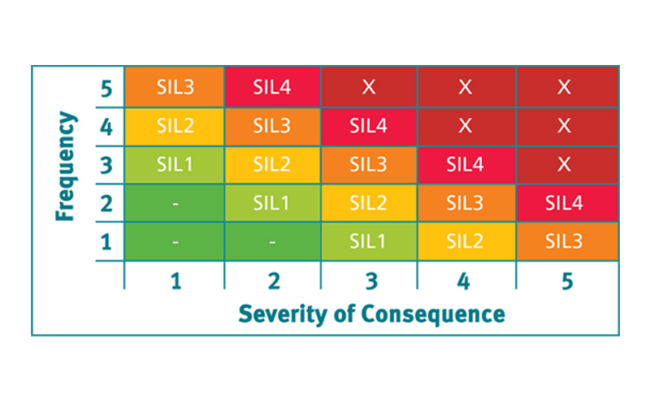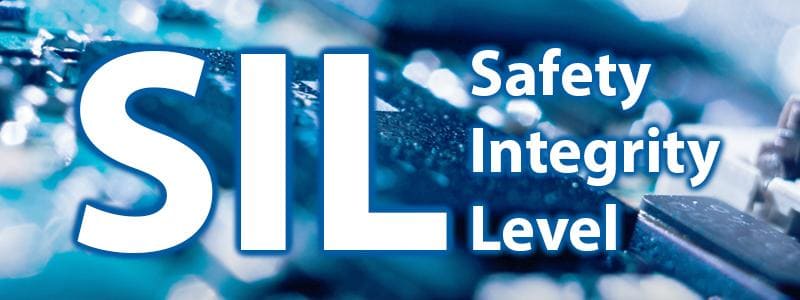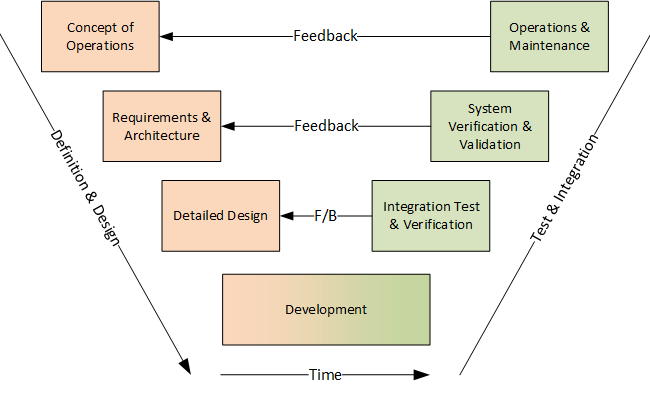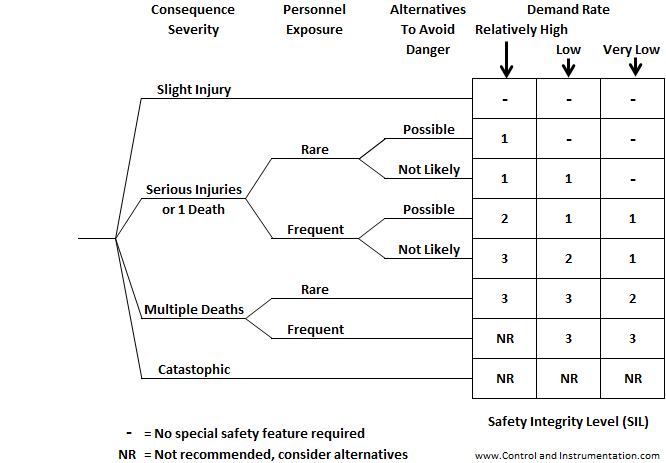Geopal’s gas detector GP-NOVA has been developed according to the requirements of an IEC’s 61508 SIL 2 rating. It has been one of the most interesting and challenging projects by EKTOS’ engineering team. Getting a SIL 2 rating means that not only do the components and the design need to live up to a very high functional safety level, but the development process itself needs to be bulletproof and completely traceable.
What is SIL and why do we need it?
SIL stands for ”Safety Integrity Level”. It is a system that indicates the severity of the risks of product failure as well as the complexity of the actions taken to mitigate the risks. SIL has four levels where level four is the highest.
EKTOS found that SIL 2 was the relevant rating in the case of the Geopal gas detector through both customer requirements and the FMEDA method, ”Failure Modes Effects and Diagnostics Analysis”. FMEDA is a method for analyzing the different failure modes and diagnostic capabilities of a device. Combining FMEDA with the analysis of potential hazards and damage allowed for a precise assessment of the relevant SIL level.
The simple approach to assess the relevant SIL level for your product is using the mind map below (SIL-4 is rarely used):
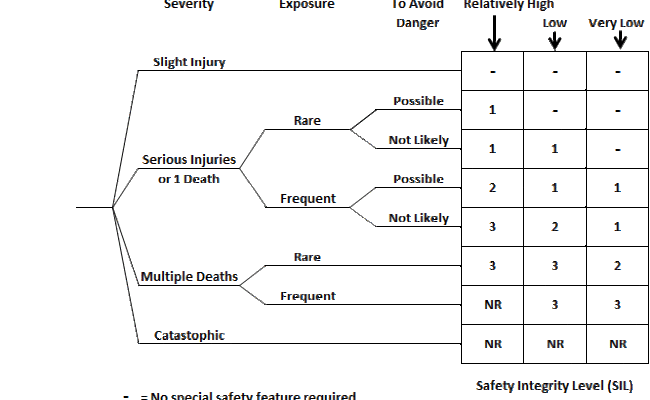
Besides the well-known SIL (Safety Integrity Level) as one of the functional safety concepts, there are two more to assess: RRF – Risk Reduction Factor and PFD avg. – Average Probability of Failure on Demand. They are described in the international functional safety standard called IEC 61508/61511 which provides measures and a framework for safety lifecycle activities to reduce the risk to humans to a tolerable level when safety functions fail.
The terms mentioned above are the result of the assessment process that requires an overarching product and process approach to get to the required metrics and measures as shown below.
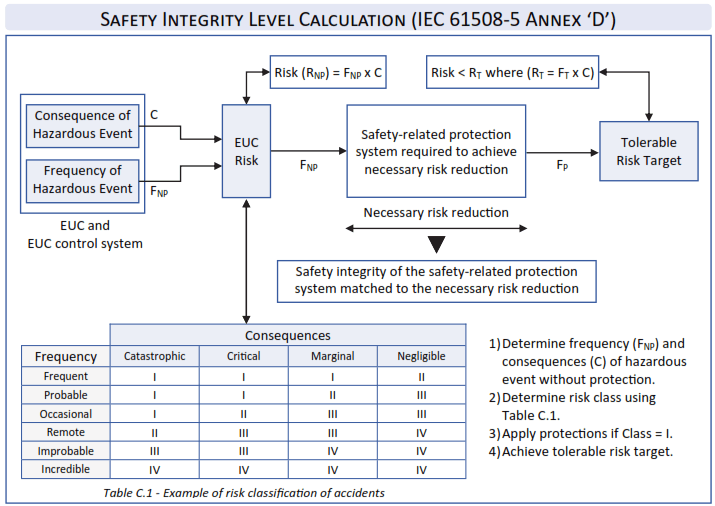
This approach normally results in the assessment table, as shown below, where the SIL level can be determined:
